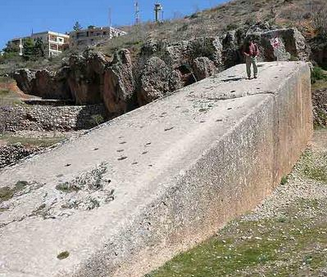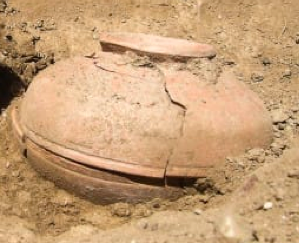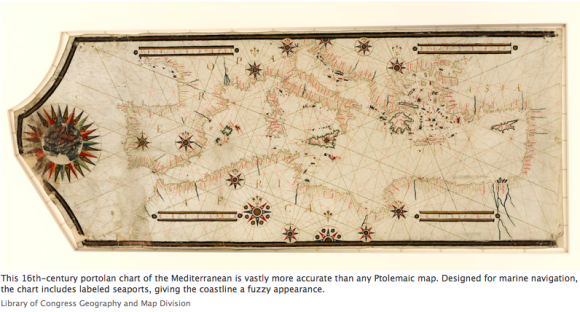Heliopolis. AKA Baalbek – The city with the 1,500 ton blocks
The most monumental of the ancient sites: Baalbek. And by monumental we mean this place has the largest building blocks that have ever existed in the world.
From Ancient Origins,
The Monumental Baalbek – The largest building blocks on Earth
“In Lebanon, at an altitude of approximately 1,170 meters in Beqaa valley stands the famous Baalbek or known in Roman times as Heliopolis. Baalbek is an ancient site that has been used since the Bronze Age with a history of at least 9,000 years, according to evidence found during the German archaeological expedition in 1898.
Baalbek was an ancient Phoenician city that was named by the name of the sky God Baal. The name ‘Baal’ in the Phoenician language meant ‘lord’ or ‘god’. Legends abound around Baalbek with some of them mentioning that Baalbek was the place where Baal first arrived on Earth and thus ancient alien theorists suggest that the initial building was probably built as a platform to be used for sky God Baal to ‘land’ and ‘take off’.
Part of this suggestion is because Heliopolis was built on a massive platform that probably was built in pre-roman times for the initial temple or city of Baal – Baalbek. If you look at the picture it becomes obvious that different civilizations have built different parts of what is now known as Heliopolis. However beyond theories, the actual purpose of this structure as well as who has built it are completely unknown. Massive stone blocks have been used with the largest of the stones to be approximately 1,500 tons and a size of 68x14x14 feet. Those are the largest building blocks that have ever existed in the whole world…”
Read more here.
Share


